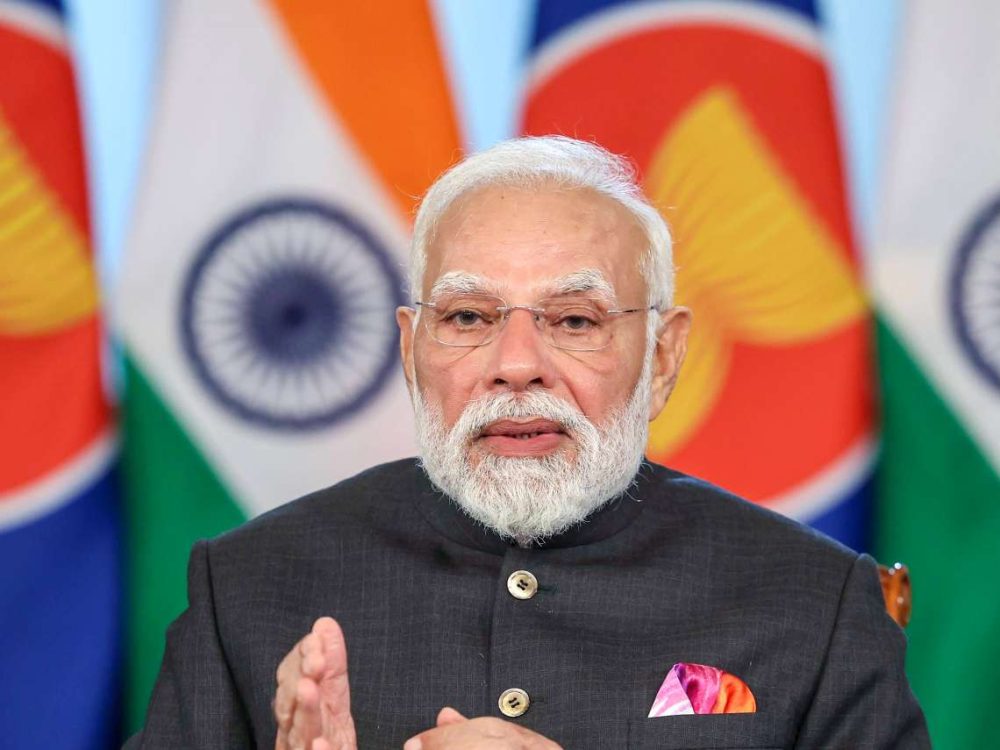Intelligence agencies say Pakistan Army is carrying out training of mini unmanned systems group, Supercam S-250, one of the best unmanned aerial vehicles (UAVs) in terms of tactical and technical characteristics, in the border areas, reports Sumit Kumar Singh
Pakistan enhanced its unmanned strike capabilities — procuring armed drones from Turkey and China extensively — when India was caught in border disputes with China, sources said.
The security threat from armed drones allegedly coming from Pakistan in the border areas of Jammu and Kashmir has increased, and the drone attack at the Indian Air Force station in Jammu on June 27 is the best example of that, sources said.
India and China are involved in border disputes for some time now and so far 11 rounds of diplomatic and military-level talks have taken place to resolve issues.

However, apart from de-escalation at Pangong Tso — a glacier at 14,000 feet in Eastern Ladakh — disputes still remain at the other friction points like the disputed areas of Gogra, Hot Springs, Demchok and Depsang along the Line of Actual Control (LAC) in Eastern Ladakh.
Intelligence agencies said that the Pakistan Army is carrying out training of mini unmanned systems group, Supercam S-250, one of the best unmanned aerial vehicles (UAVs) in terms of tactical and technical characteristics, in the border areas.
These Supercam S-250 mini UAVs are being utilised for Intelligence Surveillance and Reconnaissance (ISR) exercise.
“As part of the exercise, all formations have been instructed to forward a detailed report regarding the employability of mini UAV S-250 for Intelligence Surveillance and Reconnaissance during various phases and operations of war,” the source said.
On June 24, Pakistan had planned to conduct test firing of a missile from a UAV. The missile and UAV are assessed to be Barq laser guided missile and Burraq UAV. Burraq is an unmanned combat aerial vehicle developed and built by the National Engineering and Scientific Commission (NESCOM). Personnel from Strategic Command, National Development Complex (NDC), Air Force Strategic Command (AFSC), Air Weapon Complex (AWC) and National Engineer and Scientific Commission (NESCOM) were involved in the test, the source said.
Sources also said that a joint delegation of Pakistan Army and Strategic Plans Division Force led by Director General, Inspection and Technology Development, had visited Turkey between May 31 and June 11, 2021.
During the visit, the delegation attended a technology briefing and took a factory tour of MS Bayktar. Post the visit, the delegation proposed two models of Bayraktar UAS for joint production in Pakistan which include Bayraktar VTOL UAS and TB2 UAS.
Further, the Drone Regulatory Authority of Pakistan is in the process of procuring a drone detection system named ‘Aartos’ from Aaronia, Germany.
This system primarily monitors drone/UAV traffic and is also equipped with navigational jamming capability.
The Pakistan Air Force is also exploring the possibility of integrating ‘Aartos’ with an indigenously developed wide band receiver. It has planned to install this system at five most sensitive and important places in and around Islamabad.

Further, a joint delegation of Pakistan Army, Pakistan Navy, Pakistan Air Force and the Strategy Planning Division (SPD) is presently in China to visit the NORINCO facility.
The Pakistan Air Force team will also evaluate the advanced High to Medium Altitude Air Defence System (HIMADS) with China National Aero-Technology Import & Export Corporation (CATIC).
CATIC has a plan to deliver Wing Loong-II UAVs to Pakistan in 2021, 10 J-10CE fighter aircraft in 2023 and 10 Z-10 armed helicopters in 2024-25.
ALSO READ-High alert in TN, Kerala on possible drone intrusions
READ MORE-J&K bans drones in Srinagar









